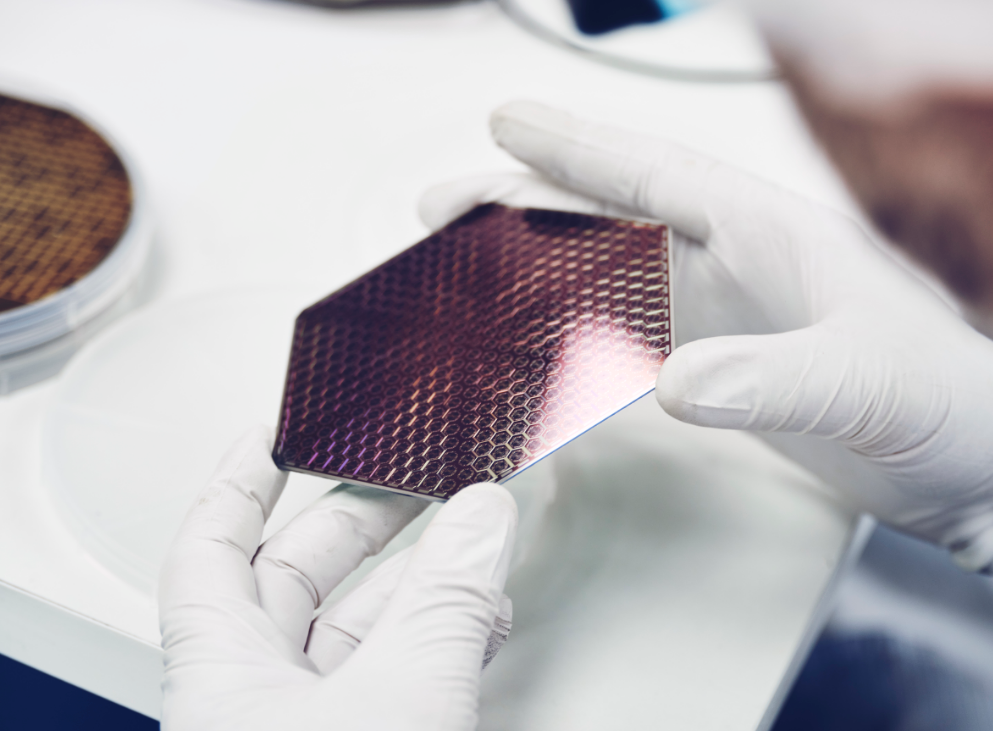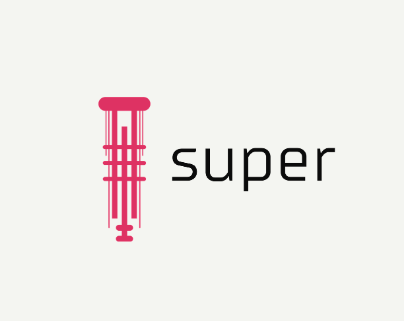Insider Brief
- Researchers at the University of Minnesota Twin Cities provided fundamental insights into planar hyperbolic polaritons—quasiparticles formed from light-matter interactions in 2D materials—that could enable highly directional energy transport, amplifying light-matter interactions at the nanoscale.
- The study, published in Nature Communications, suggests that polariton qubits, benefiting from these unique light-manipulating properties, could be used for developing compact, energy-efficient quantum computers and advanced optical devices.
- The research team, supported by the Twist-Optics Multidisciplinary University Research Initiative (MURI) Program, will further explore applications of hyperbolic polaritons, including their potential to improve thermal management in electronic devices.
A recent study by researchers at the University of Minnesota Twin Cities, published in Nature Communications, sheds light on the behavior of planar hyperbolic polaritons—a type of quasiparticle—and offers insights into their potential for advanced applications, including quantum computing.
Quasiparticles, though sounding as if they were from science fiction, are an integral concept in physics used to simplify the description of complex interactions in many-body systems. Quantifying the interaction of an electron and the lattice structure of a solid is inherently complex. However, describing the product of this interaction as a quasiparticle transforms these once-intimidating interactions into simpler entities that behave predictably.
One quasiparticle of growing interest is the planar hyperbolic polariton, which arises from the interaction of light and matter within a two-dimensional material. This behavior was the focus of a recent study that provides insights into polariton interactions and how they might inspire technical applications, including polariton qubits.

Polaritons can propagate with extremely high momentum along certain directions in a material while confined to a plane, known as highly directional energy transport. This directional energy transport improves light-matter interactions at the nanoscale, making polaritons particularly useful for designing advanced optical devices and manipulating light in ways that traditional materials cannot.
Light can excite electrons to a higher energy state or cause them to emit photons when they return to a lower energy state–essential processes for devices such as lasers, LEDs, and solar cells. In quantum computing, controlling these interactions allows us to precisely manipulate qubits and transfer quantum information via photons.
Electrons in a crystal lattice interact with the vibrations (phonons) of the lattice atoms, leading to a phenomenon known as scattering that provides insights into electrical resistance, superconductivity, and thermal conductivity in materials.
In light-phonon interactions, light interacts with a crystal lattice which can lead to the coupling of phonons–a phenomenon known as Raman scattering. Techniques like Raman spectroscopy, which result from Raman scattering, are essential for controlling heat in nanoscale electronic devices, allowing them to become smaller and more powerful.
The unique ability of polaritons to manipulate light at the nanoscale, with strong interactions confined to small spaces and two-dimensional planes, makes them particularly attractive as qubits for quantum computing. Their efficient light-matter coupling could enable more controlled quantum state transfer compared to conventional qubits, and their small size could lead to easier implementation into compact quantum computers, more scalable for practical use.
To further explore and develop these technologies, the research team has secured funding from the Twist-Optics Multidisciplinary University Research Initiative (MURI) Program, supported by the U.S. Office of Naval Research. The full paper, “Planar hyperbolic polaritons in 2D van der Waals materials,” provides a comprehensive overview of this emerging field.
Authors involved in the study include Hongwei Wang, Anshuman Kumar, Siyuan Dai, Xiao Lin, Zubin Jacob, Sang-Hyun Oh, Vinod Menon, Evgenii Narimanov, Young Duck Kim, Jian-Ping Wang, Phaedon Avouris, Luis Martin Moreno, Joshua Caldwell & Tony Low.
















